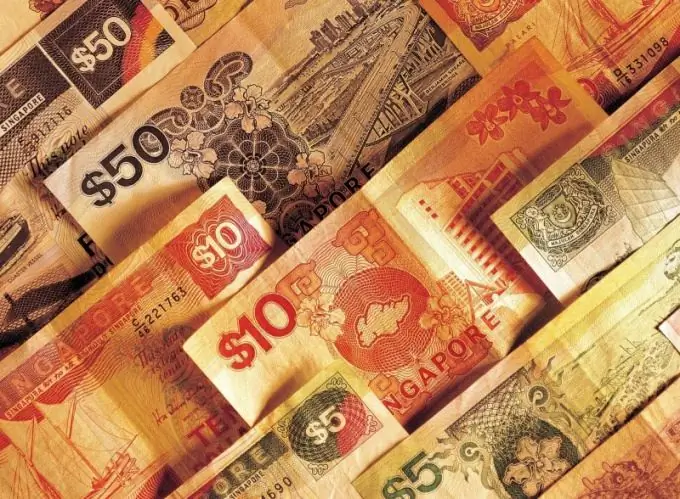Currently, there are a variety of types of collecting, including banknotes. One of them, dedicated to the collection of paper notes, is bonistics.

Bonistics concept
Bonistics is a discipline that studies paper banknotes, which, along with numismatics, allows you to learn the history of banknotes and bonds that have become obsolete, but at the same time reflect the political and economic state of the country at a certain period of time. Today, these words are more and more often referred to as collecting paper money, in contrast to numismatics, which is collecting coins.
For a long time, money and especially banknotes attracted people and aroused the desire to hold a whole bundle in their hands at once. Despite the fact that the bills are ordinary colored paper, if desired, they can be turned into things corresponding to the monetary denomination. It is a symbol of wealth, power and simply a means that opens the way to new opportunities.
Bonistics history
It is believed that collecting paper money was first started in China, as soon as it first appeared there. However, collecting banknotes has been stable only since the late 1940s, when the post-war financial crisis began to recede. Finally, in the 1970s, bonistics acquired the status of an independent discipline.
In fact, the first banknotes in the Russian Empire have been collected since 1769. The first famous collector-bonist was Prince G. A. Potemkin. In the 20s of the last century, after the formation of the USSR, bonistics continued to develop. In the country at this time there was a large number of all kinds of banknotes issued during the reign of the apparatus of the Russian Empire, the provisional government, Soviet power, as well as local and regional authorities of various cities and regions. Even private companies were involved in this process.
Bonistics is a rather multifaceted phenomenon, and this area has laid the foundation for even unexpected offshoots. For example, there is the so-called railway bonistics, which is devoted to the study and collection of banknotes with images related to the railway. A well-known exhibit in such a collection is the Russian five-thousandth bill with the railway bridge depicted on it across the Amur River, issued in 2006.
At present, a lot of literary publications for bonists are published in the world. Also, all kinds of Internet resources are devoted to bonistics, and online auctions are always ready to offer lots in the form of old-style money. Thus, it is now possible to start assembling your own collection without any difficulty.

